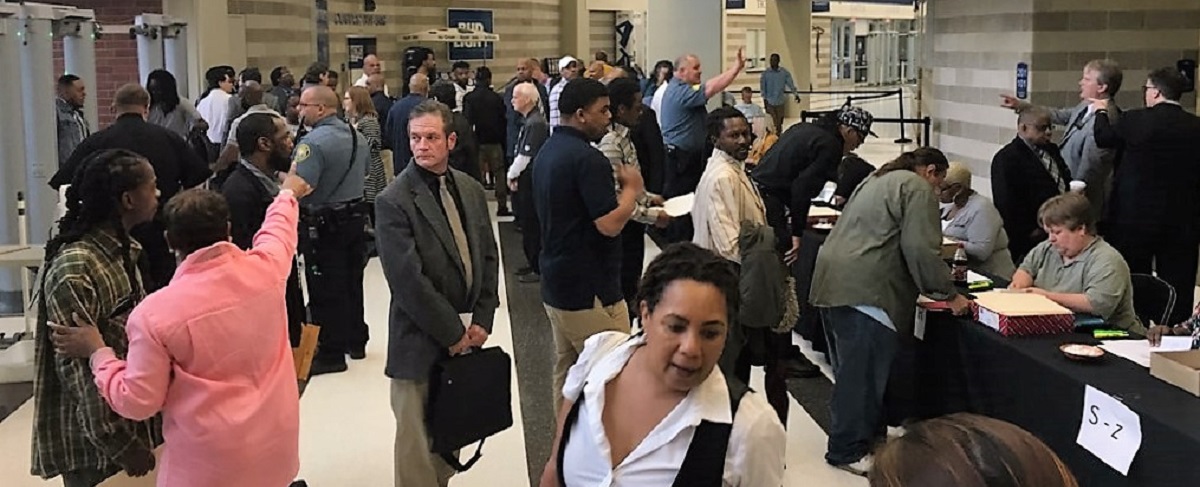More than 19,000 offenders return to Missouri communities every year.
These Missourians have served their time. So what happens next?
In 2002, Missouri was the first of eight states chosen by the National Institute of Corrections (NIC) as a demonstration site for the Transition from Prison to Community Model, which was renamed the Missouri Reentry Process. This model promotes state and local collaboration and provides a philosophical framework for "stakeholder agencies" to promote common interests, integrate policies and services and improve the overall transition process of those offenders leaving prison and returning to Missouri communities.
The Missouri Reentry Process (MRP) is designed to prepare offenders to be successful, productive, taxpaying citizens upon their release from prison. This endeavor requires an integrated network of support to help offenders address barriers to their success.
Returning can be difficult. There are challenges:
- Finding a job, housing and transportation
- Re-establishing family relationships
- Finding treatment for substance use, medical or mental health conditions
- Not reoffending
Missouri communities can and need to help offenders rejoin the community and avoid returning to prison. It makes sense: less crime, productive adults, reunited families and lower costs to the taxpayers. Prison is expensive. The need is real. The reasons make sense. We know what it takes.
Our objective is clear: improve the overall transition process of offenders leaving prison and returning to Missouri communities.
Success in their effort requires everyone in the community.
Learn more. Get involved. Help out.
Missouri Reentry Process Principles
- Offenders can change and be productive citizens.
- Reentry begins when an offender enters the Department of Corrections.
- Reentry is a shared responsibility of offenders, their families, community agencies and the state.
- A seamless continuum of services should be in place for each offender leaving the institution to reduce future criminal behavior.
- Offenders should receive training, education and treatment to better prepare them for reentry to the community.
- Offenders who are better prepared to fulfill their obligations to their children can reduce the intergenerational cycle of crime.
- Employment that provides adequate income is critical to the offender’s financial stability in the community.
- Stable housing is one key component, which impacts the stability of the offender in the community.
- Faith-based support can play an important part in an offender’s reentry.
- Offenders should leave the institution as healthy as possible and have access to health care in the community.
- Victims must be allowed to participate in reentry and be supported by it.
State Partners
Department of Economic Development
Department of Elementary & Secondary Education
Department of Health and Senior Services
Department of Higher Education & Workforce Development
Department of Mental Health
Department of Public Safety
Department of Revenue
Department of Social Services
Office of State Courts Administrator
Department of Transportation
Community Partners
Law Enforcement
Faith-based Organizations
Treatment Providers
Family and Community Trust
Federal, County and City Government
Social Service Community Organizations
Missouri Citizens
Victims
Contact Information
Office of Reentry Services
2729 Plaza Drive
P.O. Box 236
Jefferson City, MO 65102
Phone: 573-751-2389
TTD: 573-751-5984
FAX: 573-751-4099


